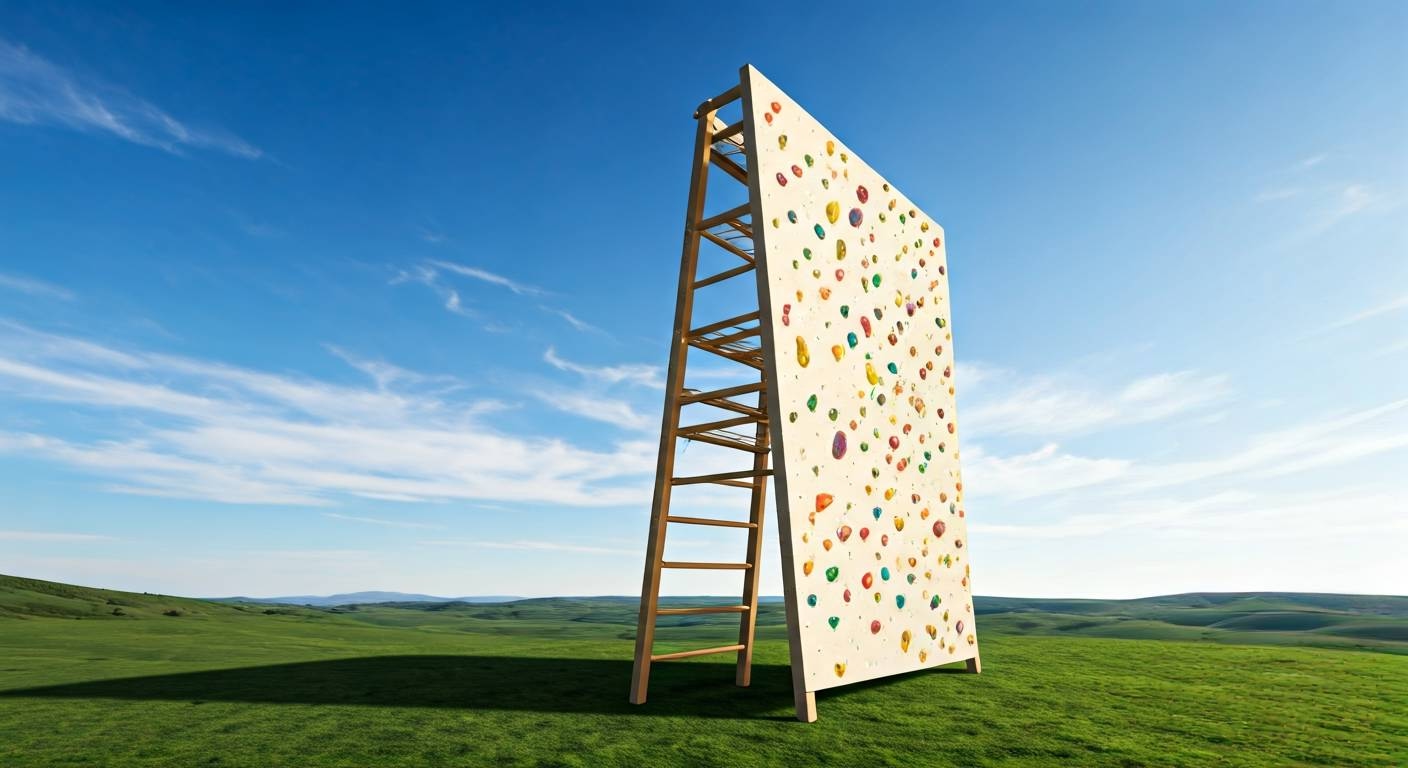How to purchase Climbing Wall from china | Wholesale-in-China Guide

How to Purchase a Climbing Wall from China: Expert Sourcing Tips
China has become a global hub for manufacturing a wide range of products, including specialized equipment like climbing walls for gyms, recreational facilities, and personal use. Sourcing a climbing wall from China can be cost-effective, but it requires careful planning and an understanding of the sourcing process to ensure quality and reliability. This article answers the top 5 hot questions that users often ask when looking to purchase a climbing wall from China, providing professional insights for those in the sourcing industry.
1. How Do I Find Reliable Suppliers for Climbing Walls in China?
Finding a trustworthy supplier is the first and most critical step in sourcing a climbing wall from China. Start by using well-known B2B platforms such as Alibaba, Made-in-China, and Global Sources to search for manufacturers specializing in sports equipment or climbing walls. Look for suppliers with verified profiles, high ratings, and positive buyer feedback. Additionally, attending trade shows like the Canton Fair or China International Sporting Goods Show can help you connect with manufacturers directly. It’s also advisable to request detailed company information, such as business licenses and production certifications, to verify legitimacy. Engaging a local sourcing agent can further streamline this process by leveraging their network and expertise to identify reliable suppliers.
2. What Quality Standards Should I Look for in a Climbing Wall?
Quality is paramount when sourcing a climbing wall, as it directly impacts safety and durability. Ensure that the supplier adheres to international safety standards, such as those set by the International Mountaineering and Climbing Federation (UIAA) or the European Norm (EN) standards for climbing equipment. Request product specifications, material details, and test reports to confirm the wall’s structural integrity and resistance to wear. Many Chinese manufacturers offer customizable options, so specify your requirements for materials like plywood, fiberglass, or steel frames. If possible, arrange for a third-party inspection service to evaluate samples or production batches before shipment to avoid costly quality issues later.
3. How Do I Navigate Customs and Import Regulations for Climbing Walls?
Importing a climbing wall from China involves navigating customs and import regulations, which can vary depending on your country. Begin by classifying the product under the correct Harmonized System (HS) code, often under categories for sports or gym equipment, to determine applicable tariffs and duties. Consult with a customs broker or freight forwarder to understand specific requirements, such as safety certifications or labeling standards, in your destination country. Ensure that the supplier provides all necessary documentation, including commercial invoices, packing lists, and certificates of origin. Be prepared for potential delays at customs and budget for import duties, which can range from 2% to 10% depending on the country and product classification.
4. What Are the Typical Costs Involved in Sourcing a Climbing Wall from China?
The cost of sourcing a climbing wall from China depends on several factors, including the size, design, materials, and shipping method. On average, prices for a standard climbing wall can range from $50 to $150 per square meter, with custom designs or advanced features increasing the cost. Beyond the product price, consider additional expenses such as shipping fees, which vary based on whether you choose sea freight (cheaper but slower) or air freight (faster but more expensive). Factor in import duties, customs clearance fees, and potential costs for third-party inspections or sourcing agents, which can range from $500 to $2,000 depending on the scope of service. Request detailed quotations from multiple suppliers to compare total landed costs before making a decision.
5. What Are Common Pitfalls to Avoid When Sourcing Climbing Walls from China?
Sourcing from China can come with challenges if not approached strategically. One common pitfall is failing to conduct due diligence on suppliers, leading to issues like poor quality or delayed shipments. Always verify supplier credentials and avoid deals that seem too good to be true, as they often are. Another mistake is overlooking communication barriers; ensure clear specifications and agreements to avoid misunderstandings on design or delivery timelines. Additionally, neglecting to account for hidden costs, such as currency exchange fluctuations or unexpected customs fees, can strain budgets. Finally, skipping sample testing or inspections can result in receiving substandard products, so invest time and resources in quality assurance to mitigate risks.
By addressing these key questions, sourcing a climbing wall from China can be a smooth and cost-effective process. Armed with the right knowledge and preparation, you can build strong relationships with suppliers and ensure that your climbing wall meets both safety and performance expectations. Whether you’re outfitting a commercial gym or a private facility, leveraging China’s manufacturing capabilities offers significant opportunities for quality and savings.
Related Posts












Stay informed with our latest news and updates.
Bringing you breaking news and curated stories every day. Be the first to know the latest industry news

Wholesale-in-China
Wholesale-in-China
Wholesale-in-China